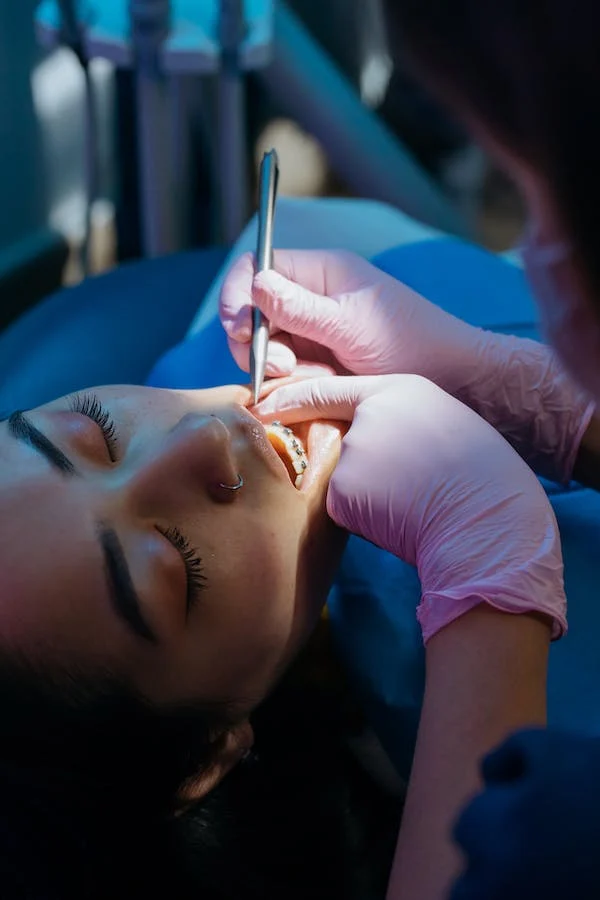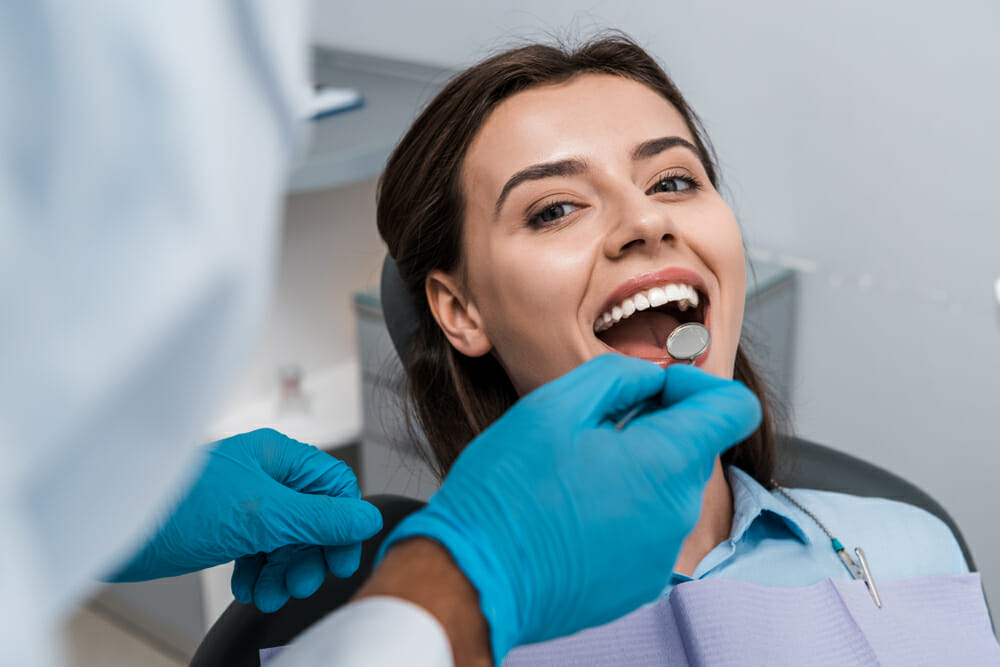3 Easy Facts About Legacy Orthodontics Shown
3 Easy Facts About Legacy Orthodontics Shown
Blog Article
Things about Legacy Orthodontics
Table of ContentsThe smart Trick of Legacy Orthodontics That Nobody is DiscussingThe Definitive Guide for Legacy OrthodonticsHow Legacy Orthodontics can Save You Time, Stress, and Money.The Basic Principles Of Legacy Orthodontics Rumored Buzz on Legacy Orthodontics
In addition, we use flexible therapy routines, adaptable repayment options and a fun, satisfying experience.An orthodontist is a dental professional educated to detect, protect against, and deal with teeth and jaw irregularities. They correct existing problems and are trained to identify troubles that may develop in the future. Orthodontists deal with people of all ages, from kids to adults. People often link an excellent smile with great health and wellness.
Malocclusion, or misaligned teeth, can bring about dental concerns, consisting of dental cavity, gum condition, and hard or excruciating chewing. Yet not everybody is birthed with straight teeth. If you have a poor bite or large areas between your teeth, you may intend to seek advice from a dental expert specializing in orthodontic treatment.
How Legacy Orthodontics can Save You Time, Stress, and Money.
( Photo Credit Scores: DigitalVision/Getty Images) Orthodontists use taken care of and removable dental gadgets, like braces, retainers, and bands, to transform the position of teeth in your mouth. Orthodontic treatment is for oral abnormalities, including: Misaligned teethBite issues, like an overbite or an underbiteCrowded teeth or teeth that are also much apartJaw misalignmentThe objective of orthodontic therapy is to boost your bite.
A healthy bite ensures you can consume, eat, and talk correctly. While you might believe of orthodontists as mostly for children or teens who require dental braces, they can correct dental troubles at any kind of age. Orthodontists attend college, dental institution, and orthodontic institution. After college graduation, they invest 2 or 3 years in an orthodontic residency program.
, yet not all dentists are orthodontists. They concentrate on 2 locations: Exactly how to effectively and securely move teeth How to properly lead growth in the teeth, jaw, and faceOnce an orthodontist has finished training, they have the alternative to end up being board certified.
The 45-Second Trick For Legacy Orthodontics
Malocclusion leads to tooth overcrowding, a misshapen jaw, or uneven bite patterns. Malocclusion is typically treated with: Your orthodontist affixes metal, ceramic, or plastic square bonds to your teeth.
If you have only minor malocclusion, you might be able to utilize clear dental braces, called aligners, instead of traditional dental braces (https://www.imdb.com/user/ur189155789/?ref_=nv_usr_prof_2). Some individuals require a headwear to help move teeth into line with stress from outside the mouth. After dental braces or aligners, you'll require to put on a retainer. A retainer is a custom-made device that maintains your teeth in position.
They're usually made use of on children. They can produce extra space in the mouth without having to draw teeth. If you have a serious underbite or overbite, you might require orthognathic surgical procedure (likewise called orthodontic surgical procedure) to extend or shorten your jaw. Orthodontists utilize cords, surgical screws, or plates to sustain your jaw bone.
You might require to see an orthodontist if you have: Crowding or otherwise adequate space for all of your teethOverbite, when your top teeth come over your bottom teethUnderbite, when your bottom teeth are too far forwardSpacing or concerns with gapsCrossbite, which is when your upper teeth fit behind your bottom teeth when your mouth is closedOpen bite or an upright void in between your front bottom and top teethMisplaced midline, when the facility of your base and upper teeth don't align Dealing with a dental malocclusion can: Make biting, chewing, and talking easierImprove the symmetry of our face and your review overall appearanceEase pain from temporomandibular joint disordersDifferent your teeth and make them much easier to cleanse, helping avoid tooth decay or dental caries It's often a dental professional that initially notifications misaligned teeth throughout a regular examination.
The Main Principles Of Legacy Orthodontics

During your first orthodontic examination, you'll likely have: A dental examPhotos taken of your face and smileDental X-raysPanoramic (360 level) X-rays of your face and headImpressions to produce molds of your teethThese tests will help your orthodontist know just how to wage your treatment. orthodontics. An orthodontist is a dental expert who's had training to treat your teeth and jaw
Orthodontists may carry out surgical treatment, exams,X-rays,and even more to assist you obtain a much more comfy, much healthier smile. An orthodontist is concentrated on your bite, so something like a damaged tooth would certainly be taken care of by a dentist. Orthodontists are dental professionals but not all dentists are orthodontists. Orthodontists are concentrated on your bite, or the method your teeth fit together, and the straightness of your teeth.
Ever before wondered exactly how celebs always appear to have completely lined up teeth? Orthodontists are oral experts that focus on dealing with abnormalities in the teeth and jaws.
The Basic Principles Of Legacy Orthodontics

, orthodontists have a varied toolkit at their disposal. These reliable braces use a system of braces adhered to the teeth and attached by cords.
Clear aligners, like Invisalign, are a popular alternative for patients seeking a more very discreet therapy alternative. These detachable trays are personalized to considerably change the teeth's placement. Headwear might be utilized along with braces or aligners to apply additional targeted forces, particularly for correcting jaw disparities. In instances of slim jaws, palatal expanders can be utilized to produce room for appropriate tooth positioning.
Report this page